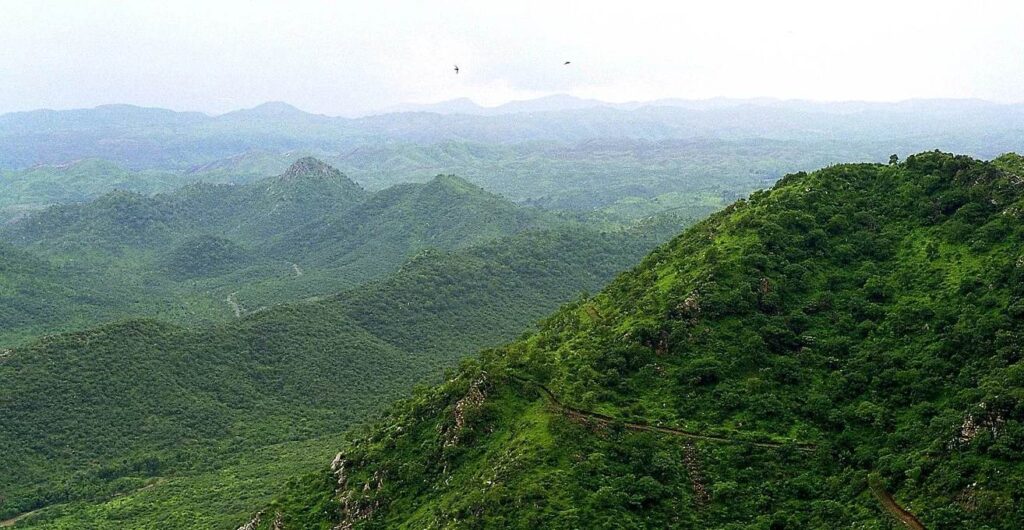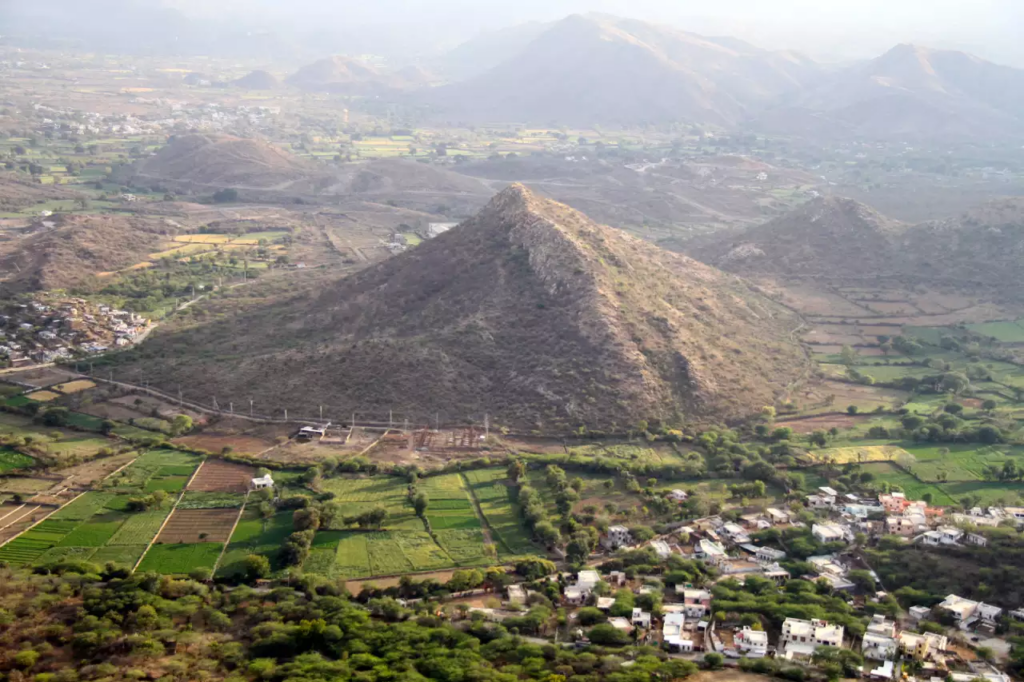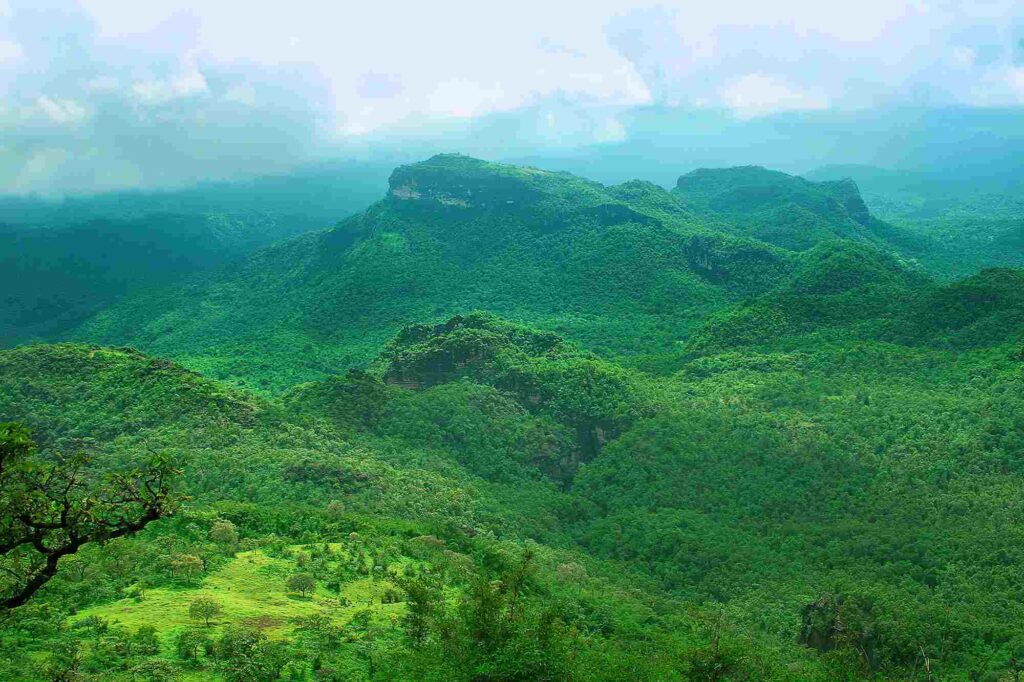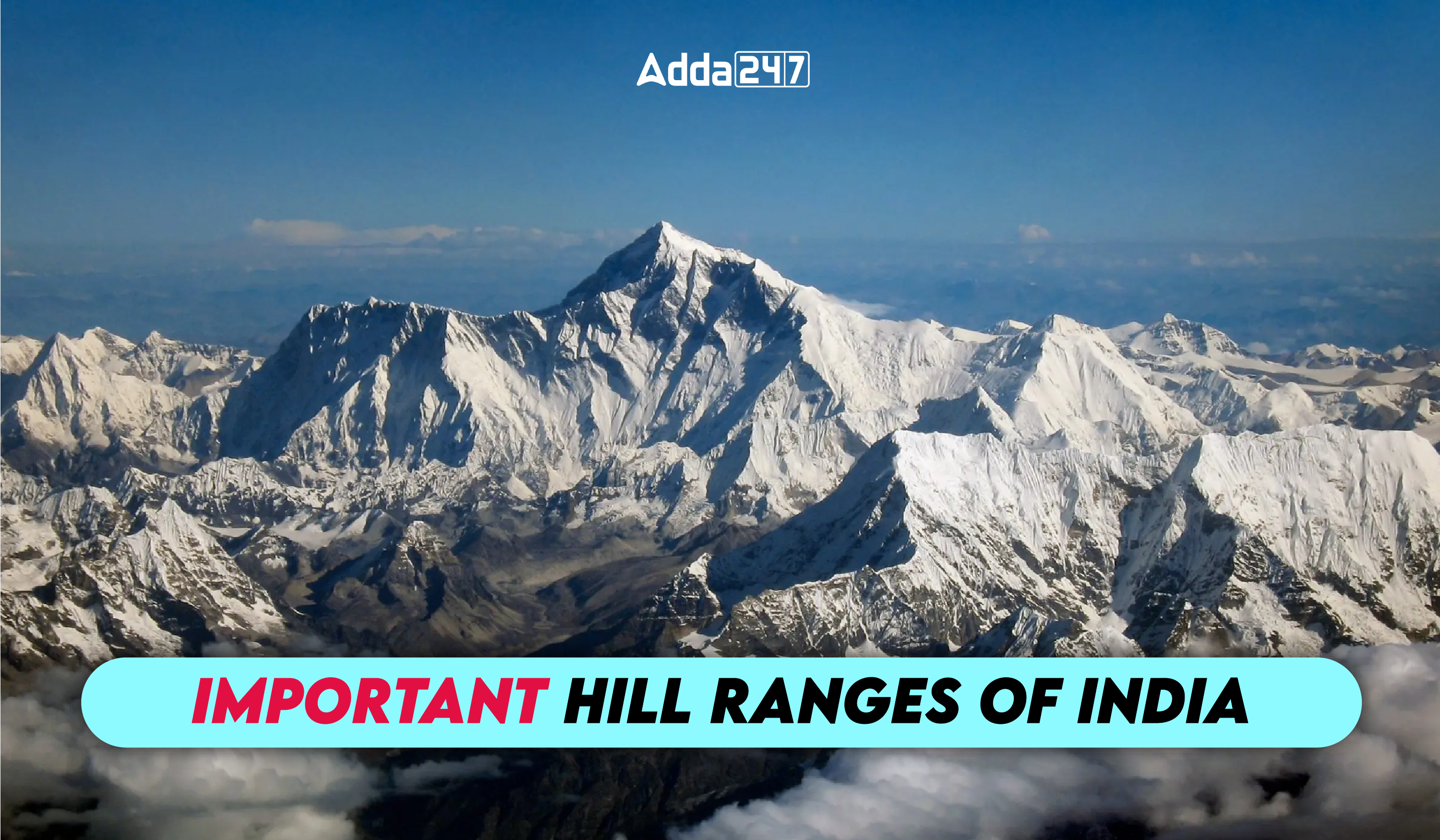Table of Contents
India boasts stunning geographical features, including towering mountain ranges, expansive hill ranges, meandering rivers, and rugged plateaus. These diverse landscapes contribute to the rich biodiversity found across the country, housing numerous flora and fauna, including endangered species. These features are vital components of India’s topography, maintaining a sustainable balance between nature and climate. With over 15 mountain and hill ranges spread across various regions, India experiences a wide range of climates and weather patterns.
Important Hill Ranges of India
India’s hill regions are diverse, each with unique characteristics in terms of distance, slope, and surroundings. These hill ranges often straddle state borders, with prominent examples found in Maharashtra, Madhya Pradesh, Gujarat, Bihar, and Haryana, accompanied by rivers and lakes. The geological composition, flora, fauna, and living conditions vary significantly across these regions, offering a rich tapestry of biodiversity. Below, we’ll delve into the various hill ranges in India and their key features. Let’s explore:
Vindhya Hill Range
- The Vindhya Range is a non-tectonic hill range extending approximately 1200 kilometres from Gujarat to Bihar.
- Originating from Bharuch, Gujarat, it terminates around the region of Sasaram, Bihar.
- Unlike standard plate collisions, these hill ranges in India formed due to faulting in the downward direction towards the south of the Narmada Rift Valley.
- Geologically, the Vindhyan ranges are younger compared to the Satpura and Aravalli hill ranges in India.

- The elevation of the Vindhyan hill ranges ranges from around 300 to 650 meters.
- Formed with Proterozoic rocks, the Vindhyan hill range is associated with abundant diamond deposits known as Kimberlite Piles.
- Local names for these areas include Rewa, Panna, or Kaimur.
- The Vindhyan hill range features sharp and rugged slopes, known as escarpments, with fully developed escarpments in areas like Kaimur and Rewa.
Aravalli Hill Range:
- The Aravalli Hill Range is a significant feature in India, stretching from Gujarat to Haryana and terminating in the Ganga plains near Haridwar. Originating from Palanpur, Gujarat, it covers an area of approximately 800 kilometres before ending at the Delhi ridge.
- Geologists estimate the rocks of the Aravalli hill ranges to be over 2 billion years old, holding historical significance. They are considered the oldest fold mountain ranges in India, with a tectonic origin dating back to ancient times.

- With an average height ranging from 400 to 600 meters, the Aravalli hills have undergone weathering and soil erosion over time.
- The Aravalli region is known for its abundance of marble deposits. Rivers such as Sabarmati, Luni, and Banas originate from these hills, flowing in distinct directions. Additionally, several lakes like Lake Jaisamand, Lake Sambhar, and Lake Debar add to the area’s natural beauty.
Satpura Hill Ranges
- The Satpura hill ranges are integral to Indian geography, boasting diverse rocks and rare flora and fauna.
- These hills resulted from structural uplifting and folding around 1.5 billion years ago, forming a tectonic mountain range known as a Horst landform.
- Extending approximately 600 kilometres, the highest peak, reaching 1350 meters, is located in the Pachmarhi (Dhupgarh) region.
- The Satpura hill ranges comprise the Mahadeo, Maikala, and Satpura hill ranges.

- The Mahadeo hill range, situated east of the Satpura hills, culminates in the Pachmarhi area of Madhya Pradesh.
- The Maikala hill range includes the Amarkantak Plateau, spanning around 1127 square kilometres.
- Encompassing areas of Chhattisgarh and Madhya Pradesh, the Satpura hills are rich in Gondwana rocks, containing abundant Bauxite elements.
Top 7 Mountain Ranges of India
India boasts a diverse landscape, and a big part of that beauty comes from its seven magnificent mountain ranges. Each range has its unique character, shaping the geography, climate, and culture of the regions they traverse. Here’s a peek at these seven wonders:
- Himalayas: The crown jewel, the Himalayas are the youngest and highest mountain range globally. Home to Mount Everest, K2, and Kanchenjunga, they cradle glaciers, nourish mighty rivers, and provide a habitat for diverse flora and fauna.
- Karakoram and Pir Panjal Range: Lying northwest of the Himalayas, this range is known for K2, the world’s second-highest peak. The Pir Panjal range forms a foothills system for the Himalayas, offering stunning scenery and popular hill stations like Dalhousie and Manali.
- Purvanchal Range (Eastern Mountains): Running parallel to the Himalayas along India’s northeastern border, this range is home to lush forests and rich biodiversity. It also forms the foothills for some of the highest peaks in the Eastern Himalayas.
- Satpura and Vindhya Range: These parallel ranges run east-west across central India. The Satpura range, with peaks like Saptadri and Dhoopgarh, is known for its scenic plateaus and wildlife sanctuaries. The Vindhyas, though lower in altitude, are significant for their historical and cultural importance.
- Aravalli Range: The oldest fold mountains in India, the Aravallis run through Rajasthan and Gujarat. Mount Abu, a hill station known for its Jain temples and Dilwara Temples, is part of this range.
- Western Ghats: Running parallel to the western coast of India, the Western Ghats are known for their evergreen forests, waterfalls, and rich biodiversity. They are a UNESCO World Heritage Site and a crucial source of water for the region.
- Eastern Ghats: Bordering the eastern coast of India, the Eastern Ghats are an older range compared to the Western Ghats. They are home to scenic hill stations like Araku Valley and Odisha’s beaches.
These seven mountain ranges paint a vivid picture of India’s geographical diversity. From the snow-capped peaks of the Himalayas to the lush greenery of the Western Ghats, each range offers breathtaking beauty, ecological significance, and cultural treasures.



 Longest River in India, Check Top 10 Lon...
Longest River in India, Check Top 10 Lon...
 Namdapha National Park - Tiger Reserve, ...
Namdapha National Park - Tiger Reserve, ...
 India Neutrino Observatory (INO)-Types o...
India Neutrino Observatory (INO)-Types o...





